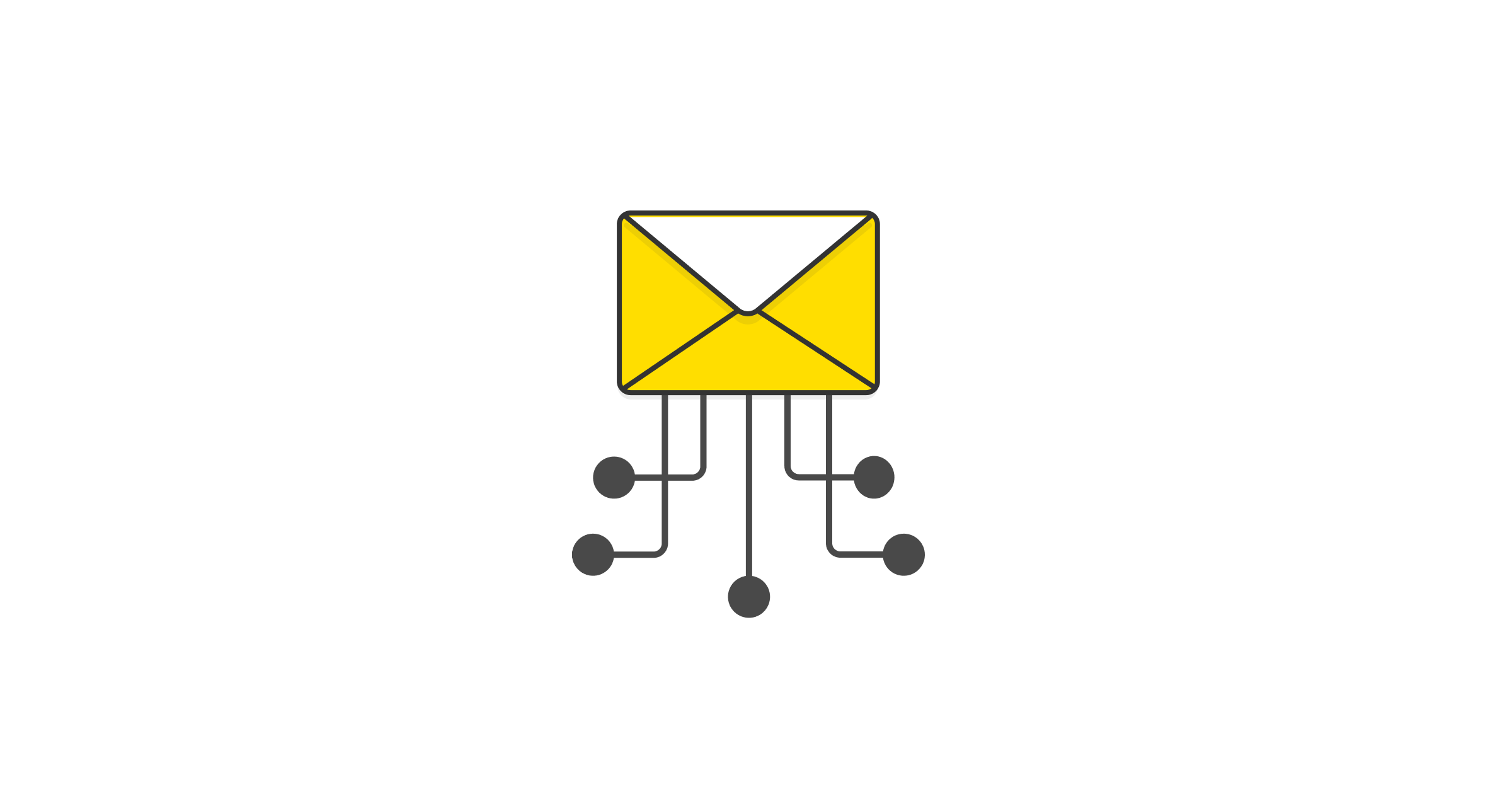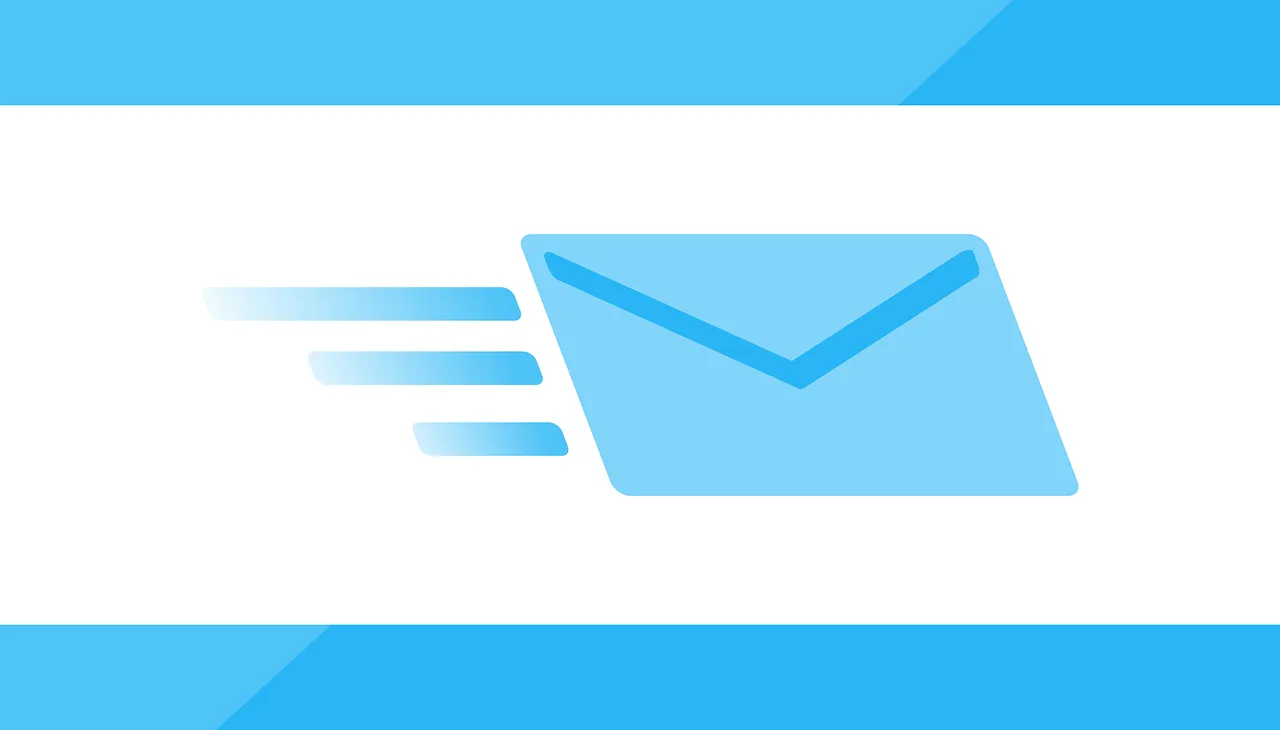Welcome to our comprehensive guide on email bounce rates in 2023. As an expert in the field, we'll delve into the average bounce rates for emails and provide valuable insights into industry benchmarks. Understanding email bounce rates is essential for email marketers, businesses, and individuals who want to optimize their email campaigns and improve their overall email deliverability. By the end of this article, you'll have a clear understanding of what constitutes a good bounce rate, the factors that influence it, and strategies to reduce bounces for maximum email effectiveness.
What is Email Bounce Rate?

Email bounce rate refers to the percentage of email messages that are returned to the sender because they cannot be delivered to the intended recipient's inbox. Bounces can be categorized into two types: hard bounces and soft bounces.
A hard bounce occurs when an email is permanently rejected due to reasons like invalid email addresses, non-existent domains, or blocked recipients. On the other hand, a soft bounce is a temporary failure to deliver an email, often caused by issues like a full inbox, a temporary server problem, or an oversized email attachment.
Average Email Bounce Rate in 2023
It's important to note that the average email bounce rate can vary depending on factors such as industry, sender reputation, email list quality, and email content. While we don't have specific data for the average bounce rate in 2023, we can look at industry benchmarks and historical data to gain insights into what is considered typical for different sectors.
According to industry reports and email marketing benchmarks, the average bounce rates can range from 0.5% to 2% for well-maintained and regularly cleaned email lists. However, it's crucial to remember that these figures are general guidelines, and specific industries or circumstances may have different expectations.

Email Bounce Rate Benchmarks by Industry
Let's explore some industry-specific benchmarks for email bounce rates:
1. Retail and E-commerce:
In the retail and e-commerce sector, the average bounce rate typically ranges from 0.5% to 1%. This industry often has a higher email bounce rate due to factors like frequent email list turnover, changing customer email addresses, and temporary email addresses used for promotional purposes.
2. Technology and SaaS:
The technology and software-as-a-service (SaaS) industry tends to have lower bounce rates, averaging around 0.5% to 0.8%. This is because these businesses often have more technically savvy users and maintain higher data quality standards.
3. Non-profit Organizations:
Non-profit organizations typically experience higher bounce rates, ranging from 1% to 2%. Factors such as outdated email lists, limited resources for list maintenance, and lower engagement rates contribute to slightly higher bounce rates in this sector.
4. Professional Services:
Professional service industries, including legal, financial, and consulting sectors, generally see lower bounce rates, typically ranging from 0.3% to 0.7%. These industries often have well-maintained email lists with higher engagement levels.
5. Healthcare and Medical:
The healthcare and medical industry typically has average bounce rates ranging from 0.8% to 1.5%. This sector can experience higher bounce rates due to the use of corporate email systems with stricter filtering and security measures.
Factors Influencing Email Bounce Rates
Several factors can influence your email bounce rates. Understanding these factors can help you optimize your email campaigns and minimize the risk of bounces:
1. Data Quality:
Poor data quality, including outdated or incorrect email addresses, is a common cause of high bounce rates. Regularly clean and update your email lists to ensure accurate and up-to-date recipient information.
2. Sender Reputation:
Your sender reputation plays a crucial role in email deliverability. If your sender reputation is low due to factors like previous spam complaints or high bounce rates, it can negatively impact your email delivery rates.
3. Email Content and Structure:
The content and structure of your emails can also affect bounce rates. Emails with large attachments, excessive HTML coding, or misleading subject lines are more likely to trigger spam filters or be rejected by recipient servers.
4. Email List Acquisition:
The method used to acquire email addresses can impact bounce rates. Purchased or rented email lists are more likely to contain invalid or outdated addresses, leading to higher bounce rates. It's always best to build your email list organically and with explicit consent from recipients.

Reducing Email Bounce Rates
Now that you understand the average bounce rates and factors influencing them, let's explore strategies to reduce email bounce rates:
1. Use Double Opt-In:
Implement a double opt-in process for email sign-ups. This ensures that subscribers confirm their email addresses, minimizing the risk of typos or fake email addresses entering your list.
2. Regularly Clean and Update Your Email Lists:
Perform regular email list hygiene by removing inactive or invalid email addresses. Use email checker tools to validate and verify email addresses to ensure data accuracy.
3. Maintain Good Sender Reputation:
Follow email marketing best practices and adhere to anti-spam regulations. Monitor your sender reputation and take prompt action to resolve any issues that may impact your deliverability.
4. Optimize Email Content:
Craft engaging and relevant email content that complies with spam filters and meets the expectations of your subscribers. Avoid deceptive subject lines, excessive use of capital letters, and spam-triggering phrases.
5. Test and Monitor Email Deliverability:
Regularly test and monitor your email deliverability by sending test emails to different email providers and checking for bounce rates. Analyze the results and make necessary adjustments to improve your deliverability rates.
Conclusion
Email bounce rates are an essential metric to monitor for any email marketer or business sending out email campaigns. Understanding the average bounce rates in your industry and implementing strategies to reduce bounces can significantly improve your email deliverability, engagement, and overall campaign success. By focusing on data quality, sender reputation, email content, and list acquisition practices, you can ensure that your emails reach the intended recipients' inboxes and maximize the effectiveness of your email marketing efforts.
Remember, every industry and email campaign is unique, so it's essential to benchmark your own performance and continuously optimize your email strategy to achieve the best results.



